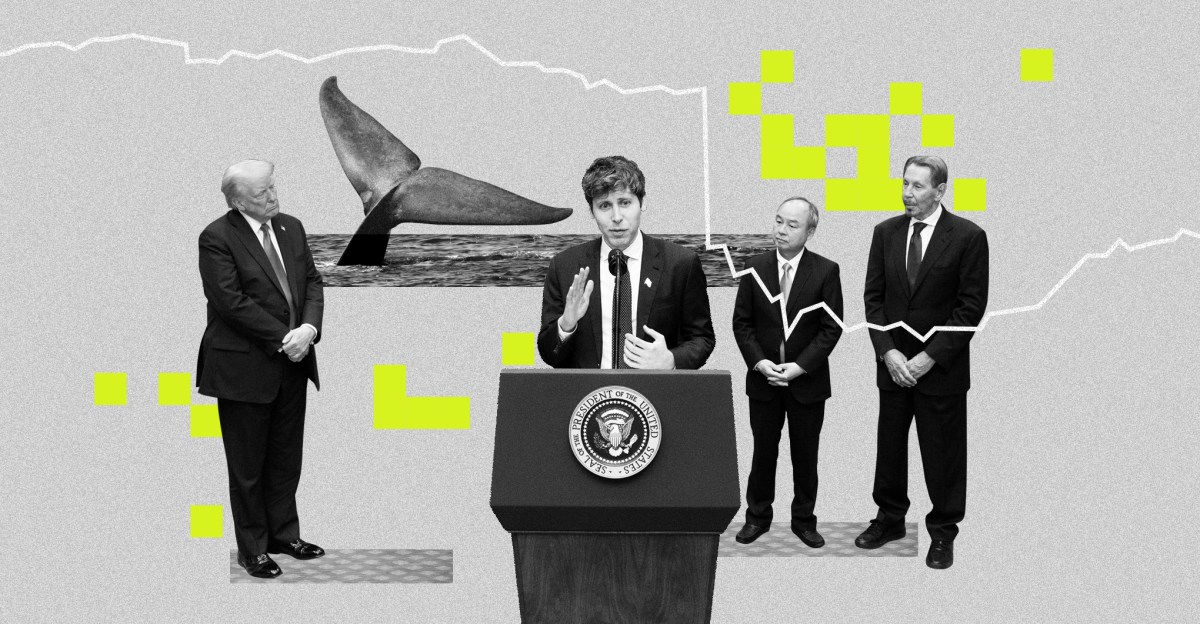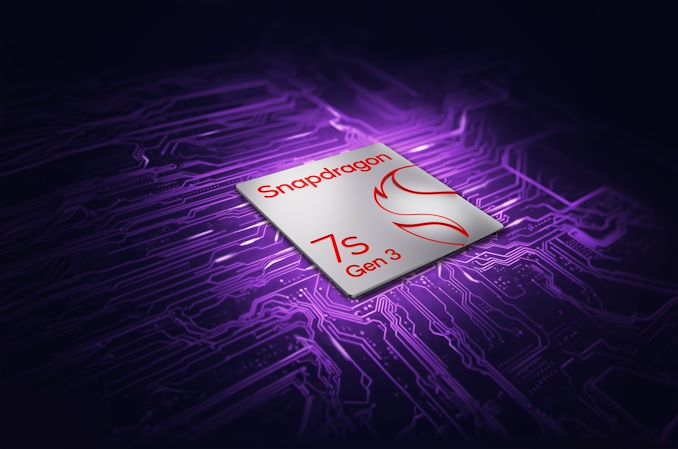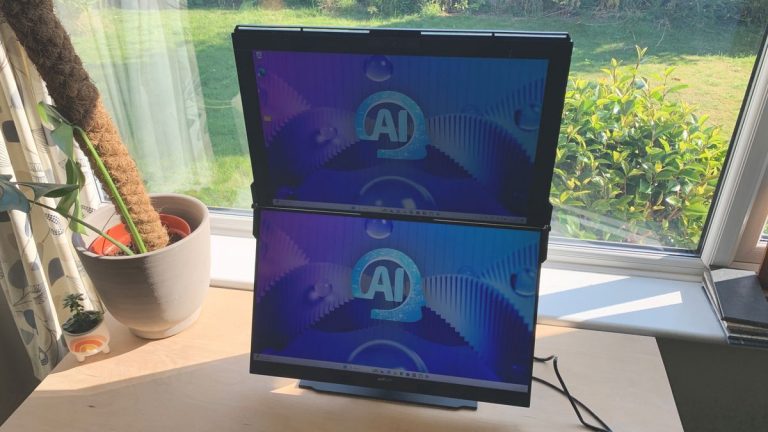Unleash the Power: AI-Powered Space Exploration Drones in the New DeepSeek-Stargate Arms Race

DeepSeek: The AI Model That’s Redefining the Chatbot Landscape
Chatbots have been making waves in the tech world, and the latest development is nothing short of explosive. Meet DeepSeek, the open-source AI model built by a Chinese startup that’s throwing conventional wisdom about chatbots out the window. In this episode of Decoder, we’re diving into the world of DeepSeek and exploring what this means for the future of AI.
What is DeepSeek?
DeepSeek is a conversational AI model that’s surprisingly similar to ChatGPT. You can interact with it via a website or mobile app, typing in a text box to receive responses. What sets DeepSeek apart is its remarkable performance, which is on par with or even exceeds that of leading AI models from OpenAI, Meta, and Google. The best part? It’s totally free to use.
A Game-Changer in AI
DeepSeek’s secret sauce lies in its training cost. While OpenAI’s GPT-4 reportedly cost $100 million to train, DeepSeek’s R1 model cost a mere $6 million. This has sent shockwaves through the tech world, with investors and industry insiders scrambling to understand the implications.
- DeepSeek’s AI model is trained using a massive dataset of internet text, allowing it to generate human-like responses.
- The model is open-source, making it accessible to developers and researchers worldwide.
- DeepSeek’s training cost is significantly lower than that of other AI models, making it a more viable option for businesses and organizations.
The Aftermath
The news of DeepSeek’s performance has sent markets into a tailspin. Nvidia, a major player in the AI space, saw its stock plummet by nearly $600 billion. The reaction has been characterized as a “bloodbath,” with investors and analysts alike scrambling to comprehend the implications of DeepSeek’s emergence.
A New Era in AI
DeepSeek and its rival, OpenAI’s Stargate, represent two fundamentally different approaches to AI development. One is closed and expensive, relying on large-scale data centers and significant financial investment. The other is open-source and relatively low-cost, but raises concerns about data privacy and censorship.
As we navigate this new era in AI, it’s essential to consider the geopolitical implications. The US-China relationship is becoming increasingly complicated, with tensions surrounding AI and semiconductors reaching a boiling point. The future of AI is here, and it’s more uncertain than ever.
Listen to the Episode
If you’d like to learn more about DeepSeek and its impact on the AI industry, check out our episode featuring Verge senior AI reporter Kylie Robison. We’ll dive deeper into the world of DeepSeek and explore what this means for the future of AI.






